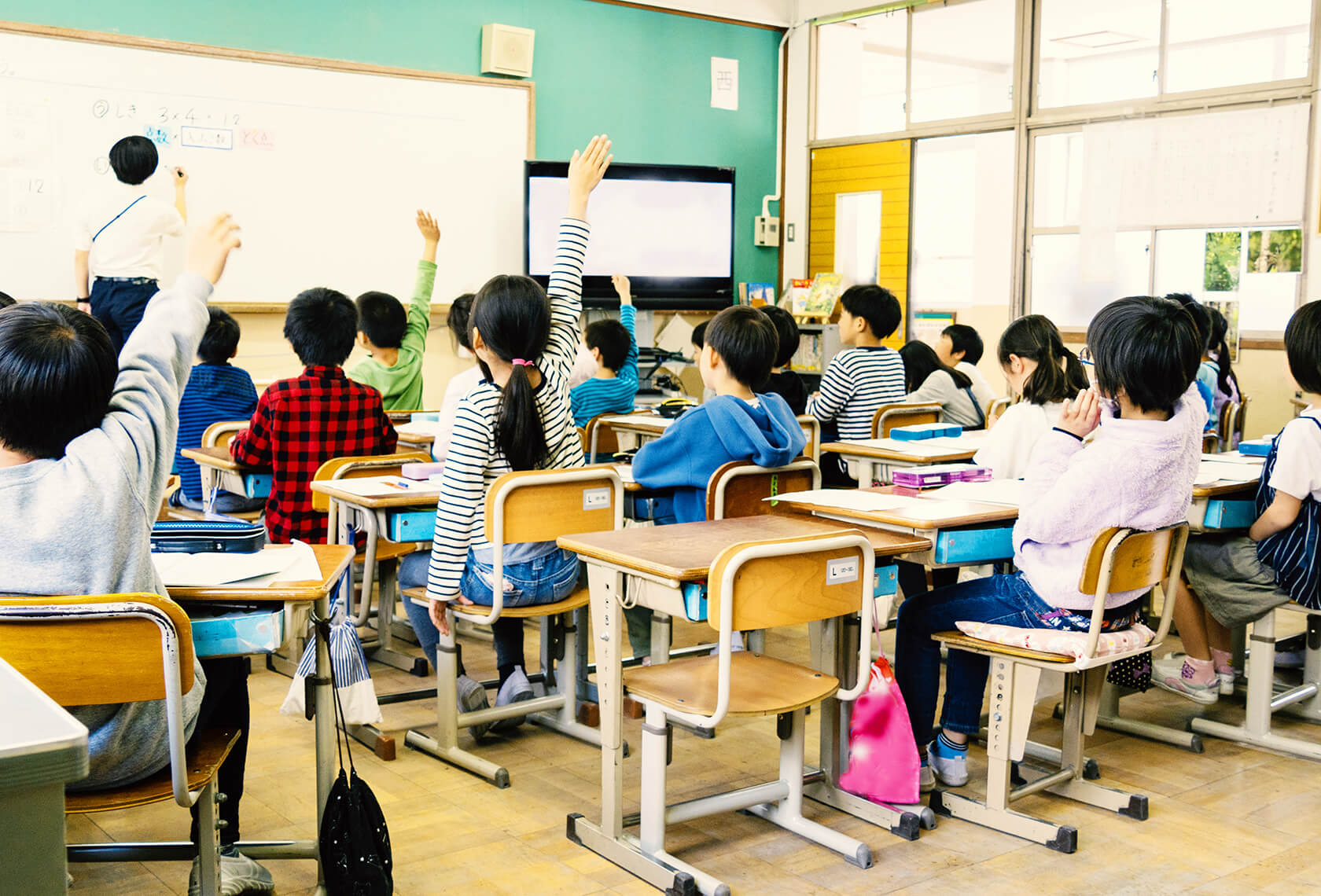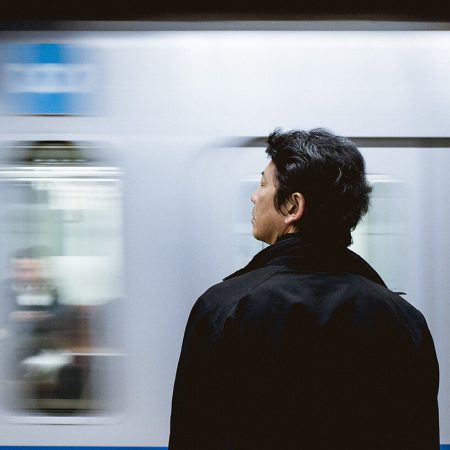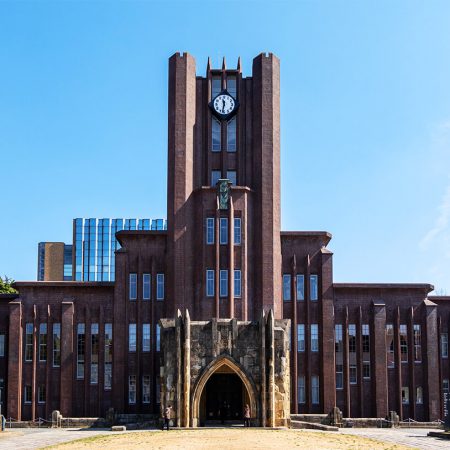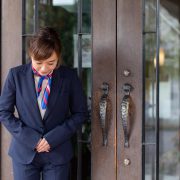The Unique Aspects of Japanese Public School

What is it like growing up in Japan? When it comes to Japanese public school, the differences from your home country may be a bit surprising. From etiquette and communal responsibilities, to education styles and other customs, there are plenty of aspects of Japanese public school that make it a truly unique experience.
Table of contents
The Premise of Everything – Harmony (Wa)

Japanese culture is built on the foundation of harmony and peaceful unity, referred to as wa(和). This concept is reflected in all aspects of society, from architecture, to the preparation and placement of food. Whether in a business, familial or public environment, the prevailing ideal of wa is working together for the common good.
While people might have conflicting ideas or feelings, the belief is that the situation that best benefits the group overall is the most favorable one. The traditions of eras past are still a guiding force in Japanese culture today, and these values are imparted to all members of society from a very early age. In fact, many of the unique traits and customs of Japanese public schools can be identified as examples of wa’s harmonious principles being put into practice.
Indoor Shoes Are a Requirement

You may have learned at some point about how Japanese people take off their shoes at the entrance of their homes. This is to avoid unnecessary damage or wear to the tatami, which are floor mats made from bamboo that are commonly found in more traditional homes in Japan. What you may not know, however, is that this same practice is followed in Japanese public school settings.
Students are required to take off their outdoor shoes and place them on a shelf in a designated space at the entrance, and replace them with shoes kept at school for indoor use. Not only are students required to switch out their shoes, but visitors, teachers and other employees are required as well. This is where the aforementioned wa principle comes into play, as this practice places everyone on equal footing, so to speak.
As with switching out their shoes at home, changing shoes prevents the school from being overrun with dirt and grime from outside. This is very important, as it leads to the next trait that distinguishes Japanese public school from many other areas of the world.
Japanese Kids Clean Their Schools

When walking down the halls of a school in the West, the sight of a janitor sweeping or mopping to keep the place tidy might be a familiar one. This is very much not the case in a Japanese public school. Japanese kids participate equally in the cleaning process. This ranges between wiping down windows, sweeping floors, and even cleaning toilets.
Perhaps the most interesting aspect of this practice is that it’s not government-mandated. In the spirit of coming together for the greater good, students take up this responsibility willingly, understanding that it is their duty to care for the space they occupy, and that it will serve them well later in life as they become productive, contributing members of society. Furthermore, knowing that they bear the responsibility of cleaning helps to incentivize students to keep their space as clean as possible from the start.
Kids Serve School Lunch in Japan

Japanese public school lunch is more than a simple break from the rigors of studying and classwork. In fact, it’s not really perceived as a break at all. More accurately, the lunchtime experience in Japan is a lesson all its own, and one that is designed to build the character and optimize the health of students at the same time.
Participation in the food preparation and service aspect of the lunch meal offers children a deeper understanding of nutrition and the cultural significance of their food. In serving the food, they gain a deep sense of placing the needs of others ahead of their own. Given Japan’s reputation for producing one of the most polite populations in the world, along with having one of its lowest childhood obesity rates, it’s easy to see the benefits of the “wa effect” in Japanese public school.
Japanese Greetings Before and After Class

Respect is a crucial component of life in Japan, especially when it comes to elder citizens. The expression of that respect is one of the first things learned in Japanese school. Before class is ready to start, students will stand quietly and greet the teacher by saying, “yoroshiku onegaiitashimasu,” a very flexible multi-purpose phrase which, in this context, loosely translates to “we are respectfully in your care.”
Once class has finished, the class will once again stand, and thank the teacher for the day’s lesson by bowing and saying “arigatou gozaimashita.” The teacher may then respond as students leave by saying “ki o tsukete okaeri,” which means “please get home safely.”
Moral Education in Japan

As students spend more hours of their day at school than they do at home, it’s easy to understand why kids tend to not retain the moral lessons taught by their parents so easily. As a result, the Japanese education system places priority on having an integral role in developing a child’s values and ethical center.
Through its moral education programs, Japanese public schools place emphasis on supporting the family structure by strengthening and instilling the important aspects of being an asset to society from an early age. These lessons are designed to cultivate a strong sense of fairness, hard work and mindfulness of others, and are among the most focused in the Japanese public school curriculum.
As you can see, there is a lot to be gained from identifying the differences between Japanese public schools and the type of school you grew up knowing. With a balance of traditional education and a focus on character building, the Japanese schooling experience is truly one-of-a-kind!
Motto Japan, the community platform to support foreigners with the foundation for life in Japan, including Japanese study, job opportunities, and housing service. Motto Japan Media will provide a wide variety of information for Japanese fans all over the world, to create a cross-cultural environment and enrich the life of foreign residents in Japan!













Leave a Reply